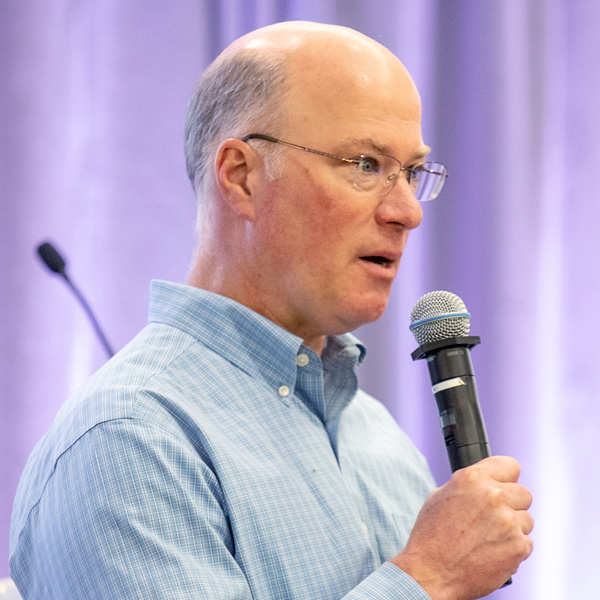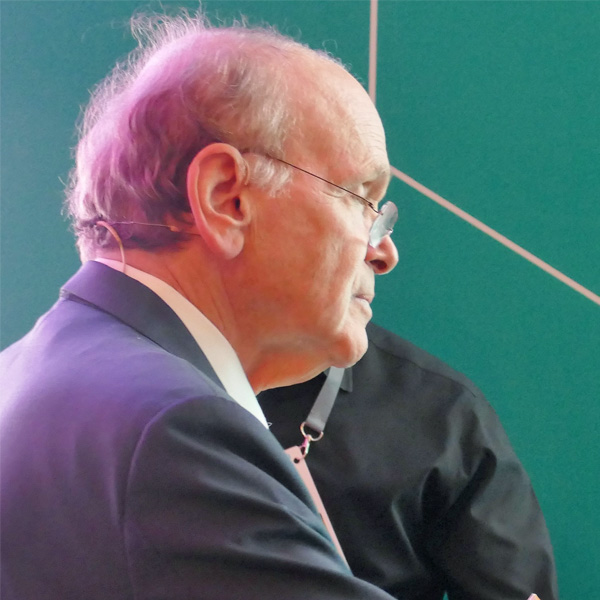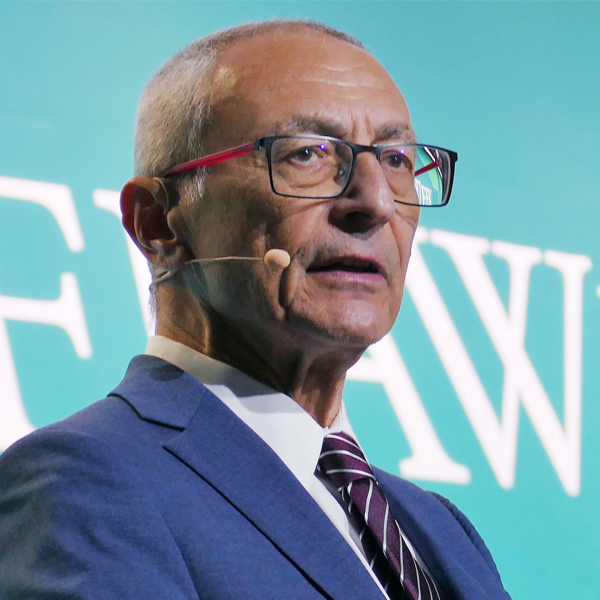VALLEY FORGE, Pa. — PJM stakeholders appeared split last week over proposals to delay the RTO’s capacity auctions to incorporate market rule changes being considered by the Board of Managers.
On Feb. 24, PJM issued a letter invoking the critical issue fast path (CIFP) process to consider market rule changes to address concerns that plant retirements are occurring faster than PJM can connect new resources. The board also directed PJM staff to consider delaying upcoming auctions so that any changes could be implemented before the Base Residual Auction for 2027/28. (See PJM Board Initiates Fast-track Process to Address Reliability.)
PJM staff outlined two options at the March 8 Market Implementation Committee meeting. The more aggressive schedule would push the 2025/26 BRA, currently scheduled for this June, to May 2024. The following three auctions would each be pushed back six months, returning to the normal schedule with the 2029/30 BRA to be held in May 2026.
The less impactful change would leave the 2025/26 BRA timeline untouched and push the 2026/27 and 2027/28 auctions back six months to May 2024 and November 2024, respectively.
 PJM’s Peter Langbein | © RTO Insider LLC
PJM’s Peter Langbein | © RTO Insider LLCEither alternative could require the cancellation of the first or second incremental auctions (IAs), though PJM’s Peter Langbein said the third IA would still be held for each delivery year.
Many of the steps PJM goes through prior to an auction are chained together and dependent upon the completion of the stage before them, limiting how close together PJM can hold BRAs.
In 2021, FERC agreed to delay the BRAs for delivery years 2023/24 through 2026/27 in response to an order revising the market seller offer cap (MSOC). Without any additional delays, the schedule would return to the three-year lead time with the 2027/28 auction in May 2024. (See FERC Accepts PJM BRA Delays.)
Those in support of delaying the June BRA argued that auctions shouldn’t be held when problems have been identified and market changes are being considered. They said revised auction rules could result in more accurate prices and address the reliability concerns outlined in a whitepaper the RTO issued last month along with the board’s letter.
Erik Heinle, of Vistra, said PJM should adopt the more aggressive delay. He noted that market participants have been talking about postponing the 2025/26 auction since December, when PJM delayed posting the results of the 2024/25 BRA because of problems in the DPL South locational deliverability area. (See Capacity Auction ‘Mismatch’ Roils PJM Stakeholders.)
 PJM displays potential alternative auction schedules during a stakeholder discussion on delaying future Base Residual Auctions during the March 8 Market Implementation Committee meeting. | PJM
PJM displays potential alternative auction schedules during a stakeholder discussion on delaying future Base Residual Auctions during the March 8 Market Implementation Committee meeting. | PJM“We have expressed concerns about the 2025/26 auction in June for a couple months now,” he said.
Jeff Whitehead, of the GT Power Group, said the current market rules allow PJM and the Independent Market Monitor to usurp sellers’ assessments of their risk with their own beliefs, which he said could lead to unjust and unreasonable results considering the risk presented by the Dec. 23 winter storm.
“It would be pretty irresponsible for PJM and market participants to move forward with any auctions until we can address some of those issues,” he said.
Market Monitor Joe Bowring said there is no substance to Whitehead’s assertions and that the market sellers’ preferred offer cap was in place for Winter Storm Elliott.
“Participants have no reason to assert that their own views of risk were not included in their offers,” he said in an email to RTO Insider. “Some participants are attempting to create a narrative in which Elliott did not represent a failure of the Capacity Performance market design and that it did not represent a failure on the part of many generators to respond and that somehow the only solutions are to weaken market power mitigation and arbitrarily increase capacity market prices. Those are not the answer.”
Supporters of a more limited schedule change said it would be disruptive to delay the 2025/26 auction because many pre-auction activities — including planning parameters, must-offer exception requests and unit specific market seller offer caps — are in process or already complete. They also argued that if PJM does not receive a quick approval from FERC, the rule changes may not be ready to implement for the 2025/26 BRA, undermining the rationale for delaying the auction.
Bowring said any auction schedule should avoid disrupting the 2025/26 auction, given that it has already begun.
“The process is already well underway and has been for some time … I think it would be a mistake to postpone that,” he said.
PJM’s Adam Keech said it’s likely that the Board of Managers will make a decision on whether and how to delay the auction schedule “relatively soon.”
Responding to stakeholder requests that the board members attend future Markets and Reliability Committee meetings to provide clarity on what they want to see in revised auction rules, Keech said that it was determined that since initiating the CIFP process was an action of the full board, it would not be proper to have a subset of the body come before stakeholders. Instead, he suggested that members write letters to the board with any questions or comments that they have on the process.






